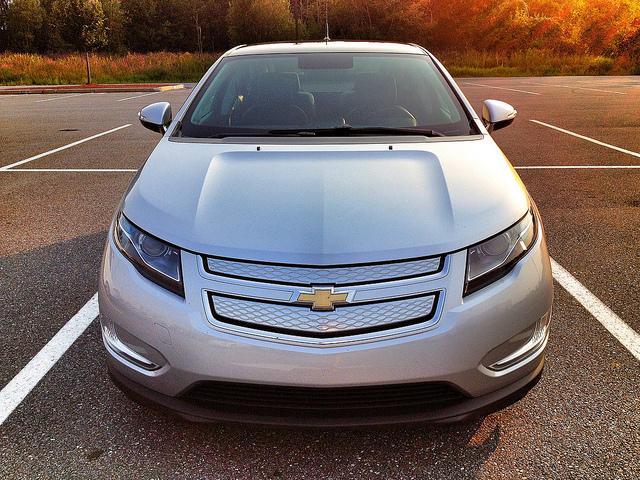The Chevrolet Volt has a feature that differentiates it from all other plug-in cars – it will run solely on electricity as long as its battery has a charge. The EV design’s gas engine will not switch on even if it is put to maximum acceleration. The latest 2016 Chevy Volt possesses the same feature, and more perks as it enjoys a range expansion to 50 miles ensuring the owner a longer all-electricity drive.
Plug-in cars to minimize EV supplementary use of gas
Now the question in the minds of many owners of plug-in cars is, why hasn’t other EV brands in the market, like Ford, BMW, Honda, Audi, Porsche, Toyota, and even Mercedes-Benz – copy this same feature?
In all probability, it is because for plug-in cars to travel long distances they will require a much more powerful electric motor and bigger batteries, which unfortunately, other manufacturers currently don’t want for their EVs.
During an interview with top GM engineers, Tim Grewe, Chief Engineer for car electrification, and Pete Savagian, Director of Electric Drives & Systems Engineering, they offered a simple explanation – Volt was designed to have such a feature from the beginning.
“We sized the pack and designed the [different operating mode] efficiencies to get 50 miles of range,” according Grewe.
Top General Motors engineers design Volt to accomodate extra features
It is necessary to have a large battery pack to ensure sufficient electricity and energy storage. Grewe added that the 18.4 KWH in the Volt 2016 model battery was already a good portion of GM car’s 50 miles. However, not many are able to discern that the power that is sustainably deliverable to the motor is in proportion to the battery’s capacity to store energy.
In other words, current technology means it is a must that the battery is of a specific size in order for plug-in cars all-electric driving to happen – one that many love to experience even on maximum demand.
He explained that the 120 KW of peak power deliverable by the 2016 Volt is by far the biggest electric output in any of the plug-in cars on the market. The powertrains of both Fusion Energi and Ford C-Max plug-in hybrids possess battery packs of merely 7.6 kWh, while maximum motor output is only 88 kw, giving them a range rating of 19 miles, which is only 40% of the Volt’s.
Other EVs currently on the market limited by gas dependency
Honda Accord Hybrid’s battery holds 6.7 kWh, which means that its maximum power in sole electric mode is very limited. It also has a short range of 13 miles. Eventually, more plug-in hybrid cars will follow the Volt-like system wherein electric running is available as long as the car’s battery pack capacity holds out.
Introduced last year is the BMW Power eDrive system, which utilises a 200-kW electric motor to power up the car’s rear wheels. A mixed engine-motor-transmission provides power to the front wheels as well, while having a 150 kw motor output.
In combination with batteries of a maximum of 20 kilowatt-hours, the system output is expected to be more than 500 kW or 670 hp. This means, according to BMW, that the plug-in cars can be driven solely on electricity all throughout some two-thirds of its total usage cycle, and in effect, ensuring maximum efficiency.
Photo courtesy of C.C Chapman on Flickr



